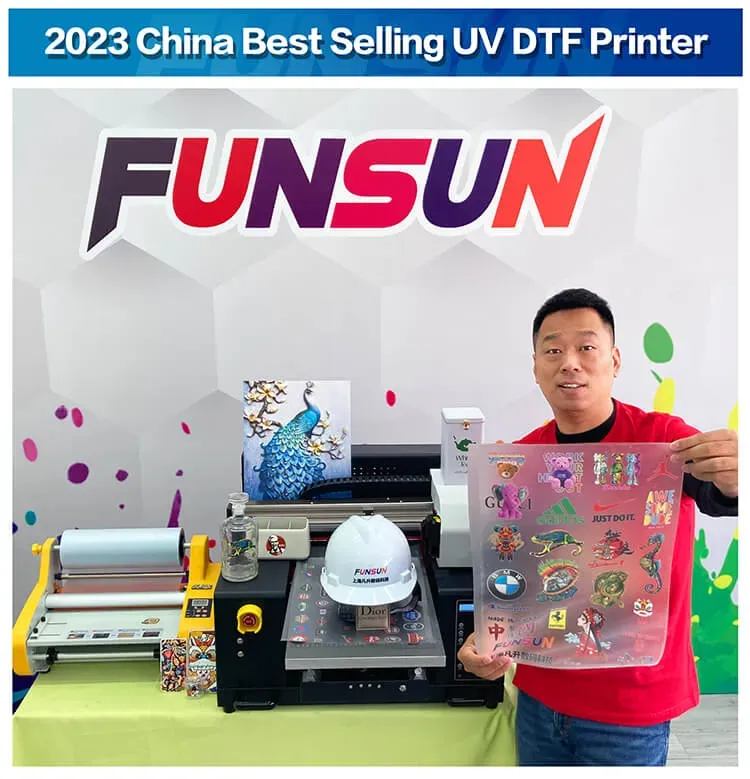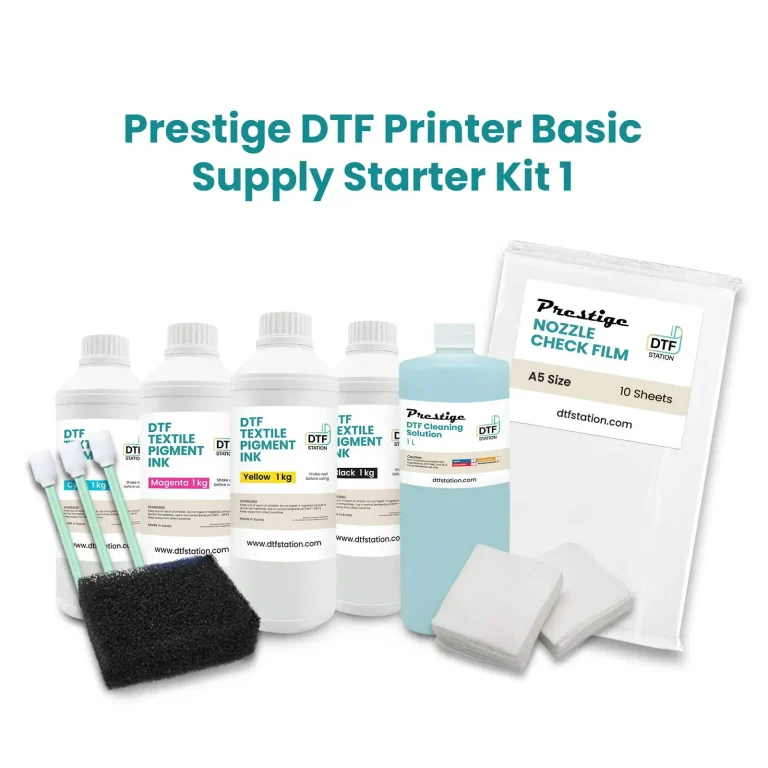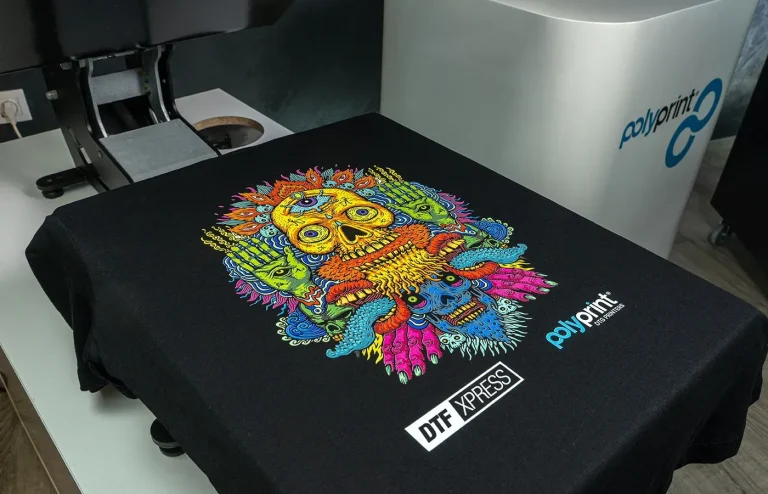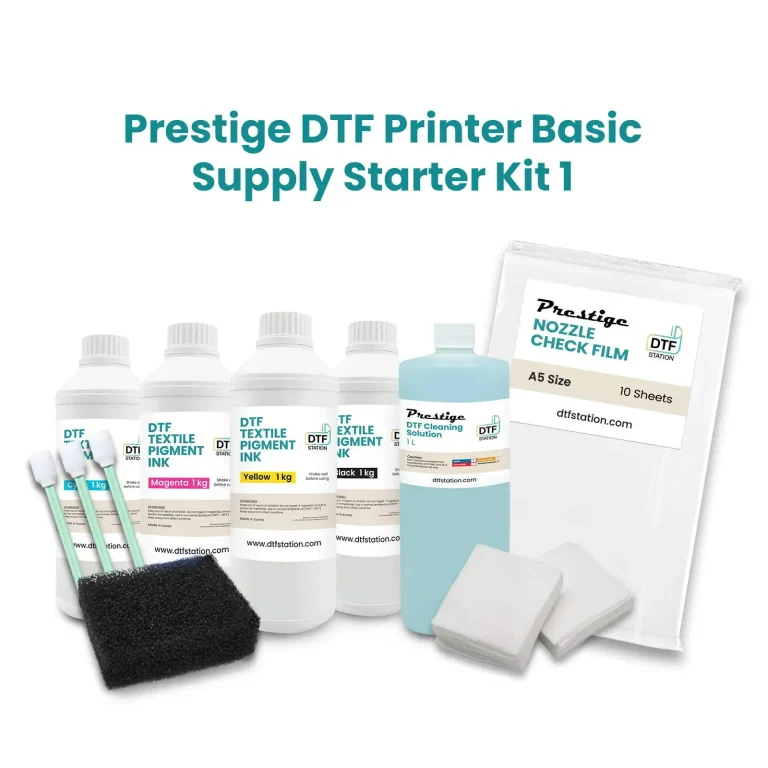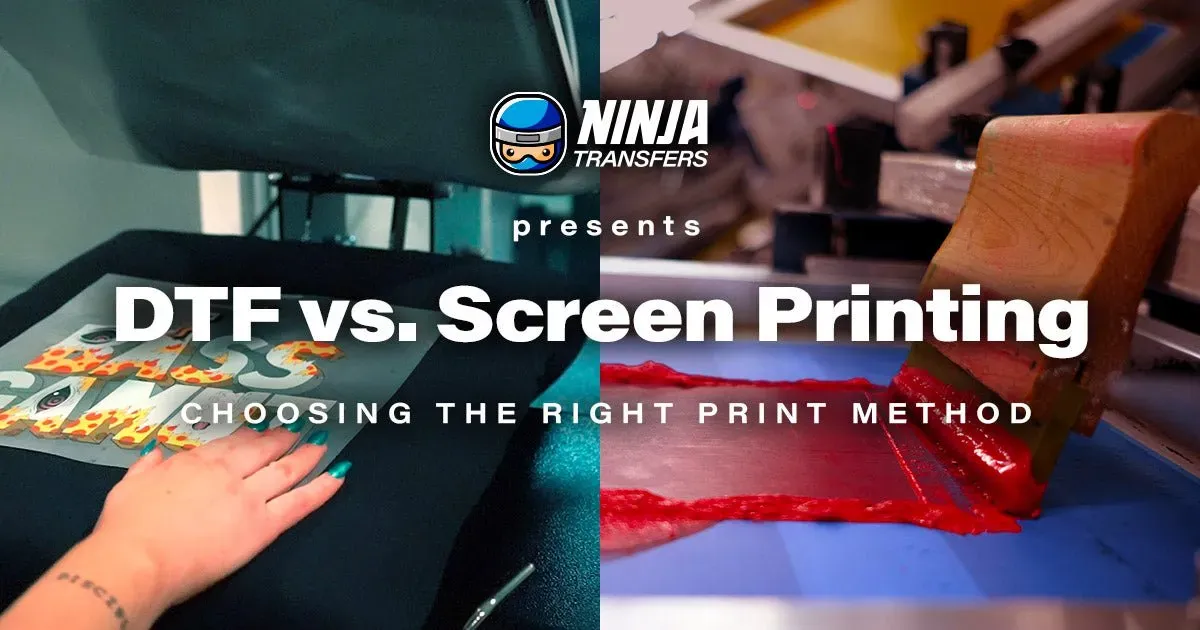
In the world of custom apparel printing, the debate between DTF Transfers vs. Screen Printing has sparked interest among creators and businesses alike. Each printing method offers distinct features, making them appealing for different types of projects and design intricacies. DTF printing is known for its ability to produce vibrant, high-resolution images that can adapt to various textiles, while screen printing excels in delivering durability, particularly for bold and simple graphics. As we delve into this printing methods comparison, we will explore the unique advantages and drawbacks of both techniques, helping you make an informed decision. Whether you need detailed designs for small batch productions or robust prints for larger runs, understanding these differences will extend your creative options.
When customizing apparel, two popular techniques come into play: DTF Transfers and traditional screen printing. DTF, or Direct to Film printing, is celebrated for its capacity to create intricate designs on various fabric types, allowing for high color vibrancy. On the other hand, screen printing relies on a more established process involving mesh screens, making it ideal for robust applications where durability is paramount. This exploration of DTF versus screen printing will provide insights into their operational principles, advantages, and considerations, ensuring that your custom apparel is produced using the best method for your needs. Each method has its place in the printing landscape, catering to different requirements of designers and brands alike.
Understanding DTF Transfers: An Overview
**DTF Transfers** stand at the forefront of modern apparel customization, offering a revolutionary approach to printing designs on fabrics. This method involves a unique process where designs are printed on a specialized film, using high-quality inks designed for durability and vibrancy. Once printed, the film is transferred onto the garment using heat and pressure, allowing for intricate designs that remain vivid on various materials, such as cotton and polyester. This flexibility makes DTF a prime choice for designers looking to experiment with diverse fabric types, unlocking creative possibilities.
The emergence of DTF transfers has also redefined the economics of custom printing. Unlike traditional screen printing, DTF requires minimal setup, making it particularly cost-effective for small batch productions. Businesses targeting niche markets can benefit significantly from DTF’s low initial investment, enabling them to produce high-quality textiles without the overhead costs associated with large-scale production. Thus, for creators and small businesses, DTF printing represents a gateway to delivering high-quality custom apparel with unparalleled efficiency.
Screen Printing: The Classic Choice
**Screen Printing** has been a staple in the custom apparel industry for decades, valued primarily for its durability and cost-effectiveness in large-scale productions. The process involves creating individual mesh screens for each color in a design, allowing high volumes of bold, flat colors to be printed on fabrics. This method excels in producing logos and simple graphics that can withstand multiple washes, making it an advantage for brands that prioritize longevity in their merchandise.
Moreover, screen printing’s economical nature comes into play for larger orders, where the cost per item decreases significantly as production volume increases. Brands and businesses that require high quantities of a single design often turn to screen printing, given its traditional strength in delivering reliable, vivid color applications. While it may lack the intricate detail capabilities of DTF printing, screen printing remains preferred for its proven track record in producing durable and vibrant designs.
DTF Transfers vs. Screen Printing: A Detailed Comparison
When it comes to **DTF Transfers vs. Screen Printing**, understanding the key differences can guide your decision on which method is best for your needs. DTF impresses with its ability to print complex, colorful designs with astonishing detail, including gradients and photographic elements. This makes it the go-to option for avant-garde designs and artworks. On the other hand, screen printing is ideal for simple, bold designs that can be replicated on a large scale, making it favorable for brands with straightforward visual identities.
In terms of setup and operational costs, DTF transfers generally require less investment upfront, especially for smaller orders, compared to the higher initial costs associated with screen printing due to screen creation. However, for larger runs, screen printing’s cost per item decreases significantly, making it a more economical choice in bulk scenarios. These factors highlight the importance of evaluating your specific project needs when deciding between these two printing methods.
Exploring Material Compatibility: DTF vs. Screen Printing
**Material compatibility** plays a vital role in choosing between DTF and screen printing. DTF is widely recognized for its versatility, capable of adhering to a broad spectrum of fabric types including cotton, PVC, and blends. This flexibility allows creators to design custom apparel that can cater to varied markets, from relaxed casualwear to more sophisticated, specialized garments. The ability to use DTF on various textiles opens up significant creative avenues, ensuring that designers can choose the fabric that best suits their product vision.
In contrast, screen printing tends to have limitations with specialty materials and often requires specific preparation to ensure quality results. While it performs excellently on traditional fabrics, its applicability can diminish with newer, more technical textiles. For brands wanting to push the limits of fabric construction or design intricate elements on diverse materials, DTF stands out as a more favorable option.
Quality and Detail in Printing: Analyzing the Differences
The **quality and detail** of a print can significantly impact the market appeal of custom apparel. DTF printing shines in producing high-resolution images and intricate designs, allowing for vibrant details and a spectrum of color gradients. This capability makes DTF particularly attractive for artists and brands looking to showcase detailed graphics, photographs, and multi-colored illustrations. Consequently, DTF is often the preferred choice for fashion-forward brands that prioritize aesthetic detail.
Conversely, screen printing is best suited for simpler and bolder designs, offering a clean, flat finish that works remarkably well for logos and text-heavy designs. While it sacrifices some detail in comparison to DTF, the vibrant solid colors achieved through screen printing make it an enduring choice for brands focusing on strong, memorable logos. Companies must weigh the importance of detail versus durability when selecting their printing method, making the quality of the final output a crucial deciding factor.
Future Trends in Custom Apparel Printing
As the custom apparel market evolves, new **trends in printing technologies** are emerging, heavily influenced by the growing demand for innovative, sustainable practices. DTF printing, in particular, is gaining traction among independent creators and small businesses due to its low-cost entry point and high-quality output. The expansion of DTF capabilities has seen improvements in ink formulations, making it more sustainable and environmentally friendly—an essential consideration for brands looking to align with modern consumer values.
On the other hand, traditional screen printing is also adapting to meet these new demands with eco-friendly ink options and advanced techniques. These innovations aim to reduce waste and environmental impact while maintaining the high durability that screen printing is known for. As technology continues to advance, both DTF and screen printing are likely to develop further, ensuring that businesses have a range of options to meet both aesthetic and ethical consumer standards.
Frequently Asked Questions
What is the difference between DTF Transfers and Screen Printing?
DTF Transfers and Screen Printing differ mainly in their processes and applications. DTF Transfers involve printing designs on a special film that is then heat pressed onto fabrics, allowing for intricate designs and vibrant colors. In contrast, Screen Printing utilizes mesh screens to apply ink directly onto fabric, which is more suitable for bold, simple designs. Thus, DTF Transfers are ideal for detailed artwork while Screen Printing excels in durability and bulk production.
Which printing method is better for custom apparel printing, DTF or Screen Printing?
The choice between DTF and Screen Printing for custom apparel printing depends on your specific needs. DTF is preferred for its ability to handle detailed images and various fabric types, making it great for small orders or intricate designs. Conversely, Screen Printing is more economical for larger runs and offers excellent durability, making it suitable for simpler designs or logos.
Is DTF printing more cost-effective than Screen Printing for small orders?
Yes, DTF printing is typically more cost-effective for small orders. The DTF process requires less setup compared to Screen Printing, which has higher initial setup costs due to the creation of screens. For short runs, DTF Transfers can provide high-quality results without the financial burden of extensive expenses.
How does the durability of DTF Transfers compare to Screen Printing?
While both printing methods can be durable, Screen Printing generally offers more robust designs that withstand frequent washing and wear. DTF Transfers can also be durable, but they may not hold up as well over time on specialty fabrics. Therefore, for long-lasting durability, especially with simple designs, Screen Printing is often the preferred choice.
Can DTF printing handle intricate designs better than Screen Printing?
Yes, DTF printing excels in reproducing intricate designs with high resolution and vibrant colors, making it a better option for complex artwork. Screen Printing, while effective, often requires multiple screens for different colors, which can limit its effectiveness for detailed designs. Thus, if your project involves intricate graphics, DTF Transfers are a superior choice.
What are the material compatibility differences between DTF Transfers and Screen Printing?
DTF Transfers are versatile and can adhere to a wide range of materials, including cotton, polyester, and blends. On the other hand, Screen Printing may be limited when it comes to specialty fabrics due to the nature of the inks and application process. Therefore, if you’re working with varied materials, DTF Transfers are likely the better option.
| Key Aspect | DTF Transfers | Screen Printing |
|---|---|---|
| Quality and Detail | Allows for intricate designs, high resolution, and vibrant colors. | Best for bold, simple designs with fewer colors. |
| Setup Costs | Lower costs, especially beneficial for small runs. | Higher initial costs, economical only for large production runs. |
| Material Compatibility | Can be applied to various fabrics, including cotton and polyester. | Limited compatibility with specialty materials. |
| Durability | Good adherence but may fade with excessive washing. | Highly durable, suitable for frequent washing. |
Summary
DTF Transfers vs. Screen Printing involves choosing the best printing method suited to your needs. DTF Transfers excel in delivering high-resolution images and intricate designs on a wide variety of fabrics, making them ideal for small batches or personalized items. In contrast, Screen Printing stands out for its durability and cost-effectiveness in larger production runs, producing bold colors that endure the test of time. By evaluating your design details, order size, and fabric choices, you can confidently determine which method is the right fit for your custom apparel projects.

